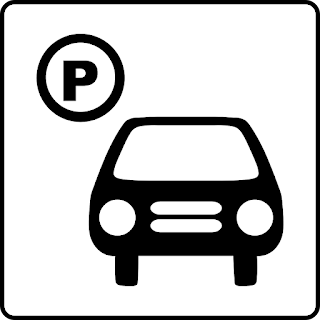Confusing Ride on the Ferris Wheel
There are 10 two-seater cars
attached to a Ferris wheel. The Ferris wheel turns so that one car
rotates through the exit platform every minute.
The wheel began
operation at 10 in the morning and shut down 30 minutes later.
What's
the maximum number of people that could have taken a ride on the wheel
in that time period?
Here is count of people enjoying the ride!
Here is count of people enjoying the ride!








